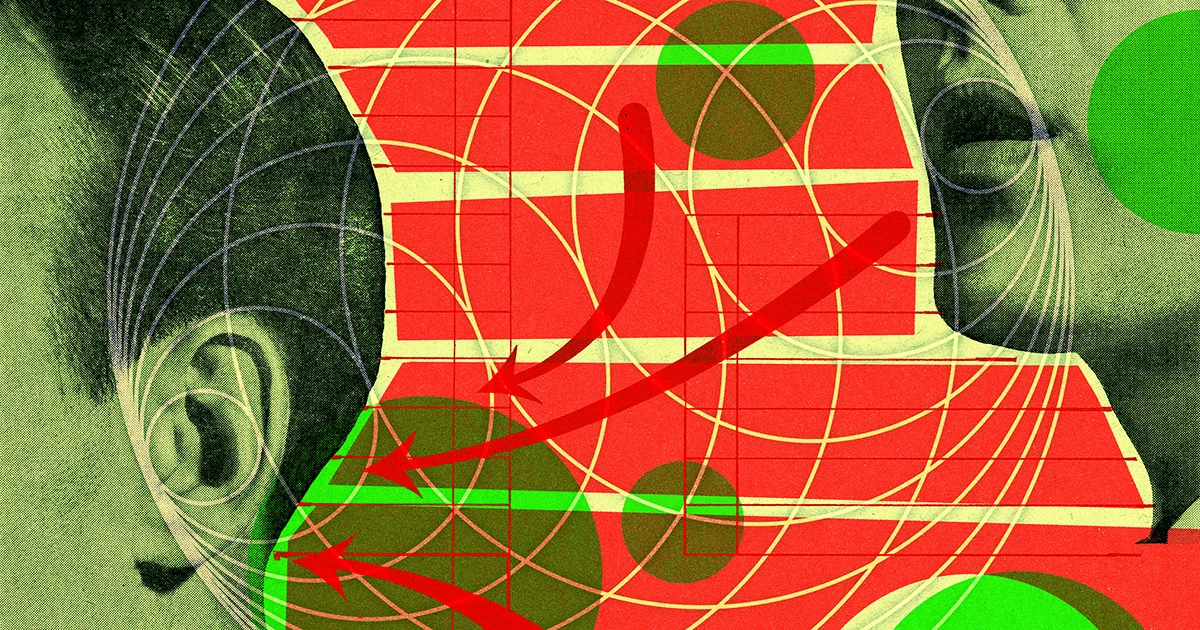In the world that we live in, it is hard to imagine a technology wherein a shoutout given in a crowd reaches just a single person. Instead, when you say something reasonably loud amid a crowd, you expect everyone to hear. So, is the concept even possible? It is, now, and Audible Enclaves makes it all possible. It will be interesting to know more about the technology.
When we discuss Audible Enclaves, it has a lot to do with coming up with intersecting ultrasonic beams to ensure that the sound is audible only at the targeted location. No wires or earbuds are required to accomplish the needful and the sound quality at the target is pretty decent with no background noise involved.
We live in a world where sound is all around – It becomes something difficult to avoid in many scenarios. Under such circumstances, Penn State University has devised a path-breaking technology that could transform the way we hear forever.
It is only right to see Audible Enclaves as the epitome of innovation which lets sound reach only the desired individual and no one else. Obviously, no disturbances are involved in the procedures and you do not require headphones for using the technology.
So, when you sit in a cafe, you might receive a voice message that only you hear. When you scan a museum for artifacts, an exhibit might interact only with you and you wouldn’t require earbuds to access the sound. Indeed, Audible Enclaves is a technology straight out of science fiction.
Audible Enclaves: How It Works
At the core of Audible Enclaves Technology is ultrasound, which is nothing but sound waves that commute at frequencies that are ahead of the range of audibility for human beings.
So, ultrasound waves are going to be silent for human hearing in most cases. However, at precise points, these waves are manipulated such that the sound becomes audible.
To achieve the effect, the Penn State team used two ultrasound beams, but the frequency of each was slightly different. Upon intersection, these beams demonstrate a phenomenon called acoustic heterodyning.
Sound is generated through this interaction which becomes audible at only the exact point of meeting of the waves. If one chooses to move a few inches in any direction, the sound disappears. So, moving away has similarities with moving away from a sonic spotlight.
A factor that further adds to the significance of the technology is that it can bend the waves around obstacles. So, being in a cluttered environment wouldn’t matter. The message would still reach you.
As of current, the system has been so developed that it delivers fine outcomes for a distance of up to three feet. This lets you operate a private audio, even in open settings.
Imagining a future ahead of headphones
Audible Enclaves put forth more implications than meets the eye. If we consider urban arenas, noise pollution is little more than a daily nuisance and indeed a health concern. In this scenario, Audible Enclaves promise some privacy.
So, Audible Enclaves might furnish personalized instructions for you when you are at a railway station. At malls, you could be the recipient of targeted advertisements. The need to put up with blaring speakers or wearing headphones is hence overcome.
You may, further, want to use Audible Enclaves for making private calls in open-plan layouts or even receive different types of notifications. Similarly, when you visit an entertainment venue, enjoying commentary in the local language simplifies. This also makes it possible to receive sensitive public safety instructions without the need to publicly broadcast them.
Commercialization of Audible Enclaves brings some challenges alongside
The potential of Audible Enclaves is elaborate but it is still not fit for mass adoption. Tests, to date, have been conducted for short-range applications alone. Further research is a prerequisite if the system is to be scaled for broader audiences or longer distances.
An important factor that researchers keep in mind under such circumstances is the degree of comfort and safety associated with extended exposure to ultrasound-based technologies. Another area they currently work on is ways to reduce power consumption. Besides, the system will be fit for usage in the real world only if it is affordable and compact.
An important consideration here, not to be overlooked is the ethical deployment of Audible Enclaves. This is important, irrespective of whether we consider commercial or public settings. Curating guardrails that guarantee transparency, consent, and privacy is important.
Are witnessing the sound of the future in its initial stages?
Audible Enclaves by Penn State is undoubtedly an unprecedented development in the field of directional audio. Attempts have been made in the field since long to create private listening experiences without physical hardware.
So, though young, technology guides us to a future where sound personalizes and becomes as precise as light! This is a testament to how our interaction with technology is ever-transforming and blurs the line between digital and physical experiences.






















